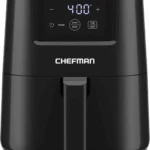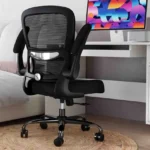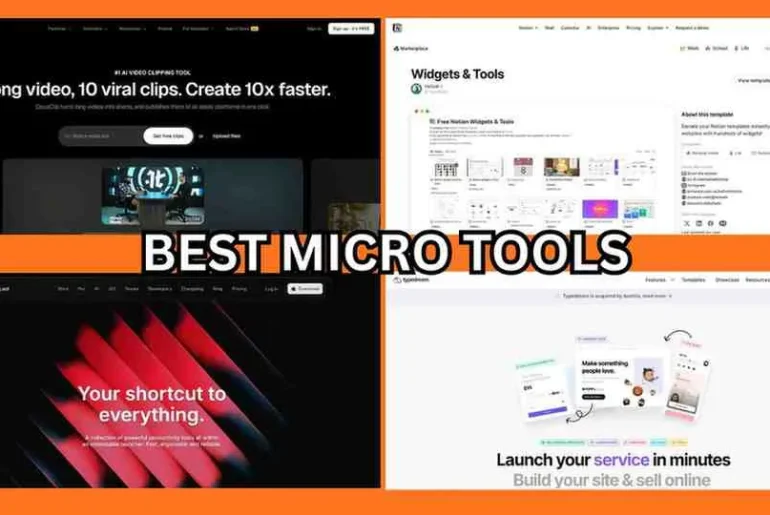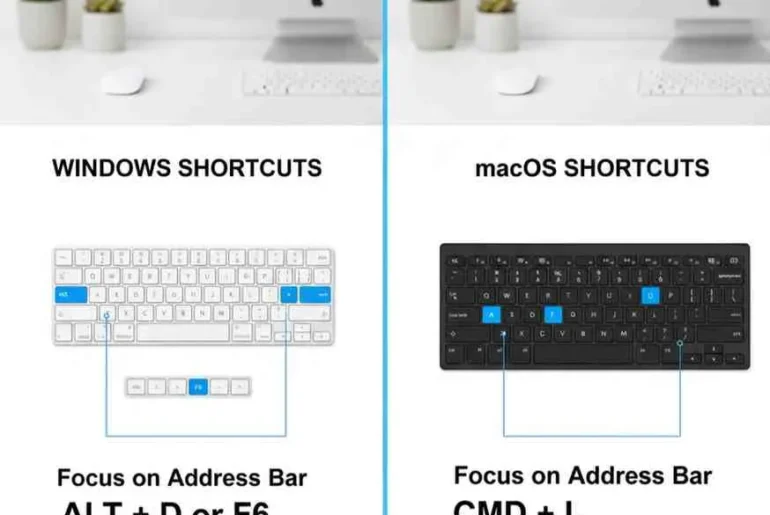Living with a disability can bring daily challenges, but innovative assistive gadgets are transforming lives by promoting independence, accessibility, and convenience. Today, technology is more than just luxury-it is a necessity that empowers people with disabilities to lead more fulfilling lives. From mobility aids to smart home devices, the market offers an extensive range of tools designed specifically to improve quality of life.
In this article, we will explore the top gadgets for disabled people, covering categories like mobility, communication, daily living aids, healthcare devices, and smart technology.
Table of Contents
Mobility Gadgets for Enhanced Independence
Electric Wheelchairs and Mobility Scooters
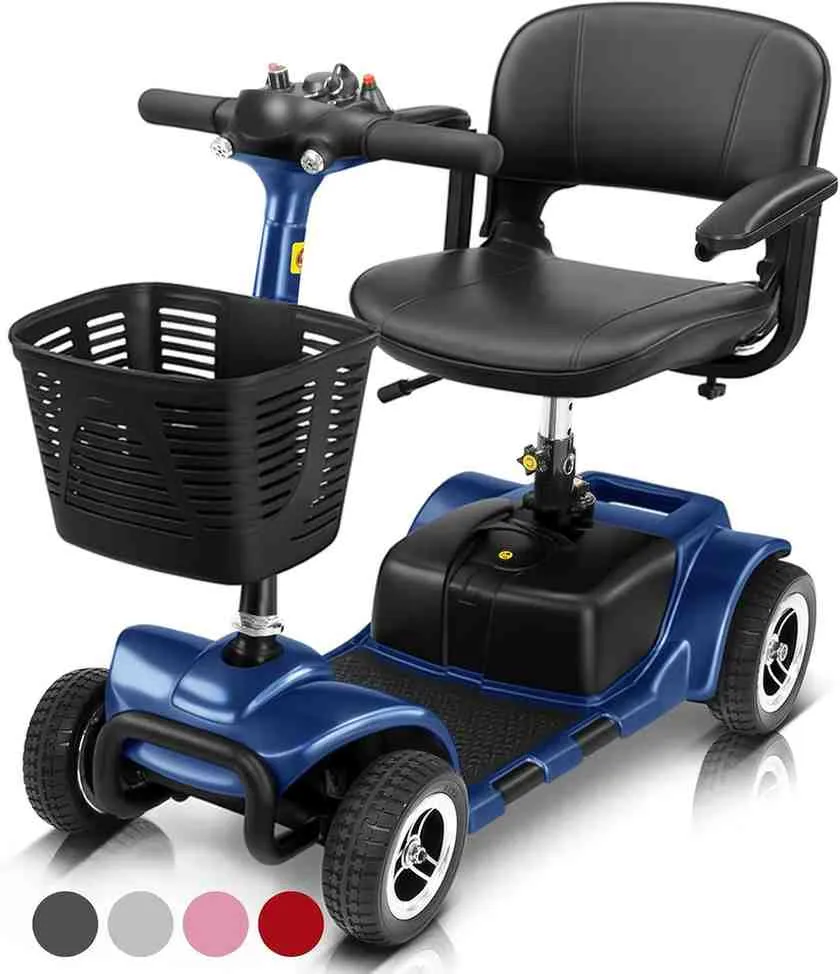
For individuals with limited mobility, electric wheelchairs and scooters offer freedom of movement without the need for constant assistance. Advanced models feature lightweight designs, foldable frames, and long battery life, making them suitable for both indoor and outdoor use. Some modern wheelchairs even integrate GPS systems, voice controls, and obstacle sensors, ensuring safe and convenient travel.
Smart Canes
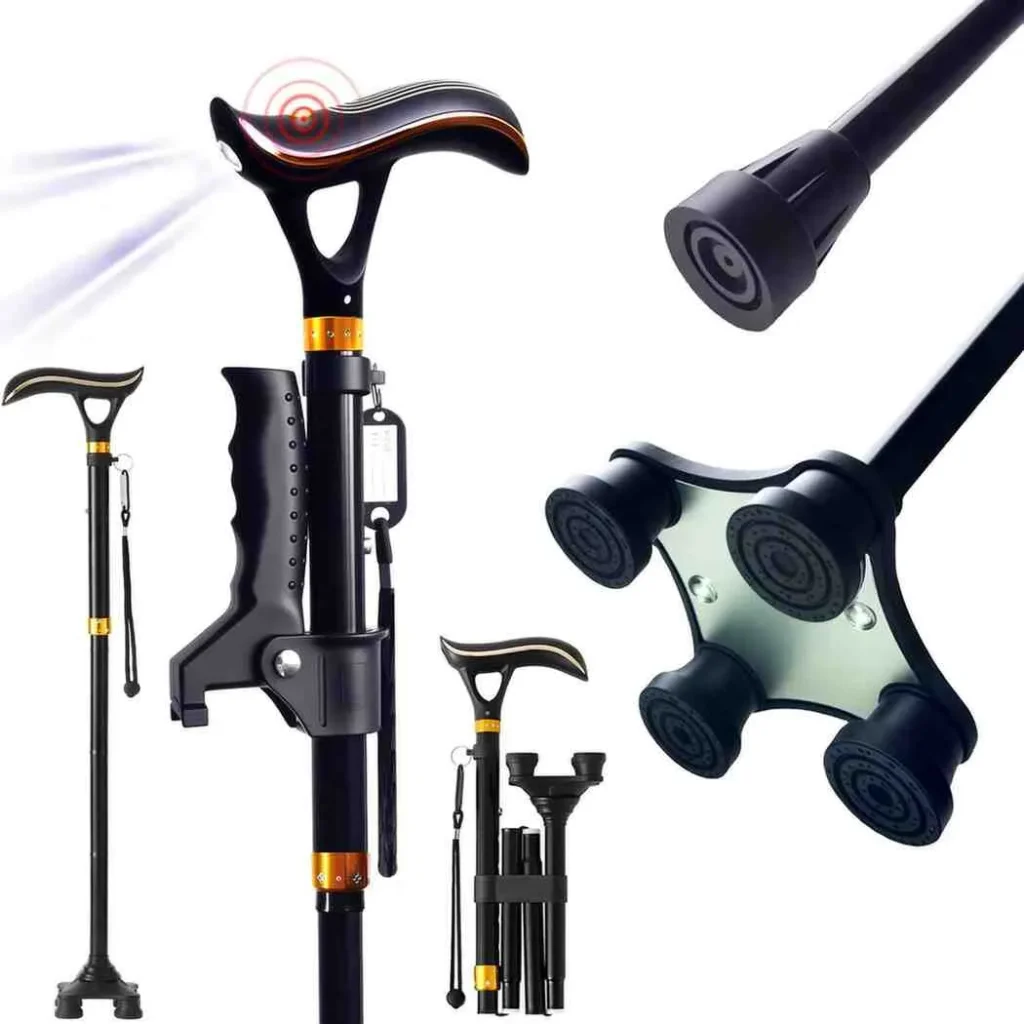
Smart canes are revolutionizing mobility for visually impaired people. Equipped with ultrasonic sensors, GPS navigation, and vibration alerts, these devices help users detect obstacles and navigate unfamiliar environments safely. They connect with smartphones, enabling real-time directions and even emergency alerts.
Exoskeleton Suits
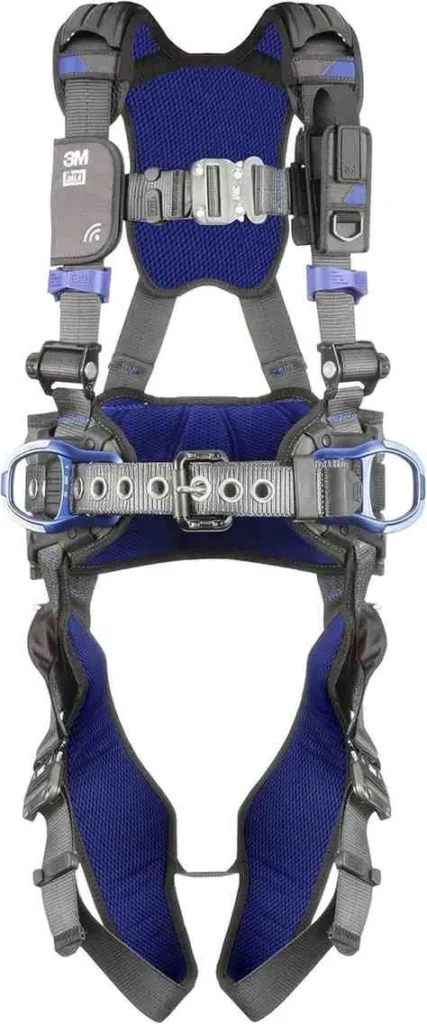
Robotic exoskeletons are no longer science fiction. These wearable devices assist individuals with paralysis or muscle weakness to stand, walk, and regain partial mobility. With constant innovation, exoskeletons are becoming lighter, more affordable, and widely available.
Communication Gadgets for the Hearing and Speech Impaired
Hearing Aids with AI
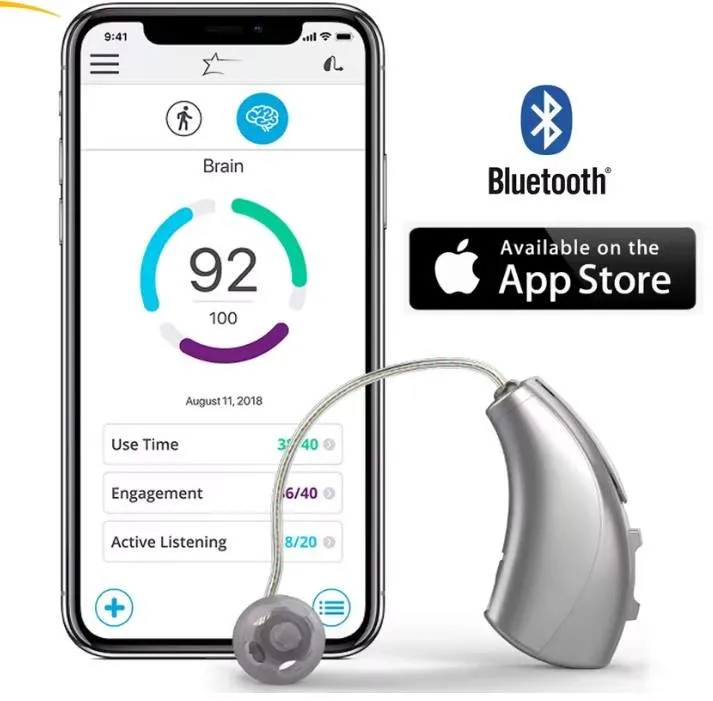
Modern digital hearing aids use artificial intelligence to filter background noise, amplify important sounds, and connect directly to smartphones. Some devices even provide real-time translation, helping users engage in conversations without barriers.
Speech-to-Text Devices
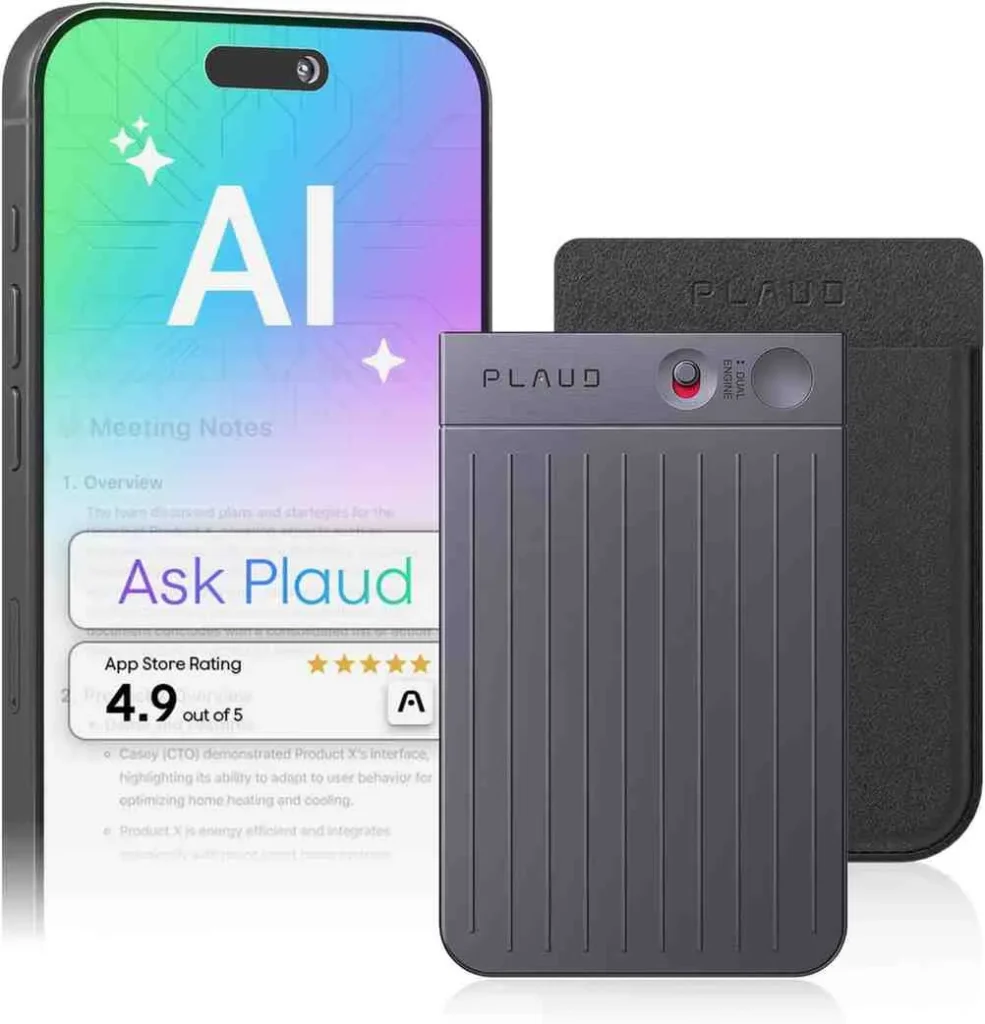
For individuals with speech impairments, speech-to-text gadgets and apps are life-changing. These devices instantly convert spoken words into text, displayed on a screen for others to read. Portable and user-friendly, they are ideal for social and professional interactions.
Video Relay Services (VRS) Gadgets
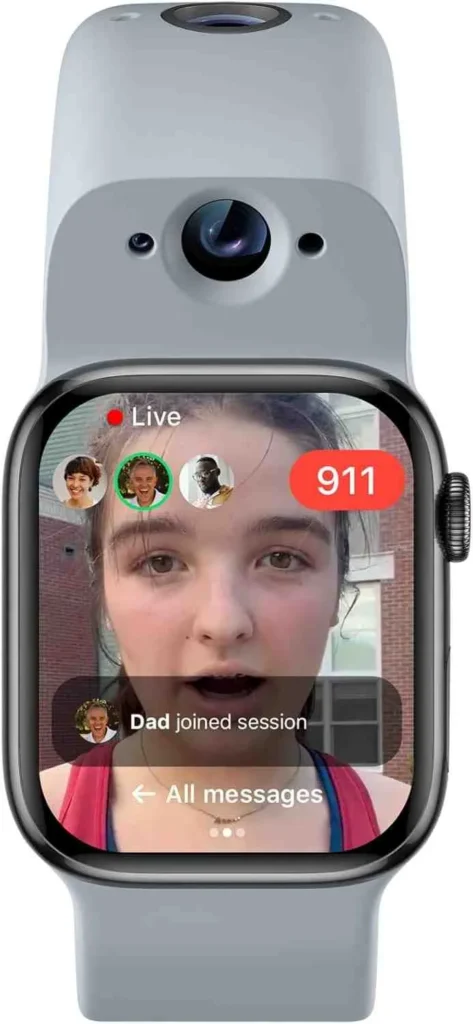
Video Relay Service (VRS) gadgets are designed to help people with hearing impairments communicate more effectively. These devices enable video calls with the assistance of sign language interpreters, allowing users to express themselves naturally in sign language while the interpreter translates for the hearing person on the other end. VRS gadgets make conversations smoother, faster, and more personal compared to text-based communication, ensuring real-time interaction and accessibility in everyday life.
Daily Living Aids to Simplify Routine Tasks
Smart Prosthetics
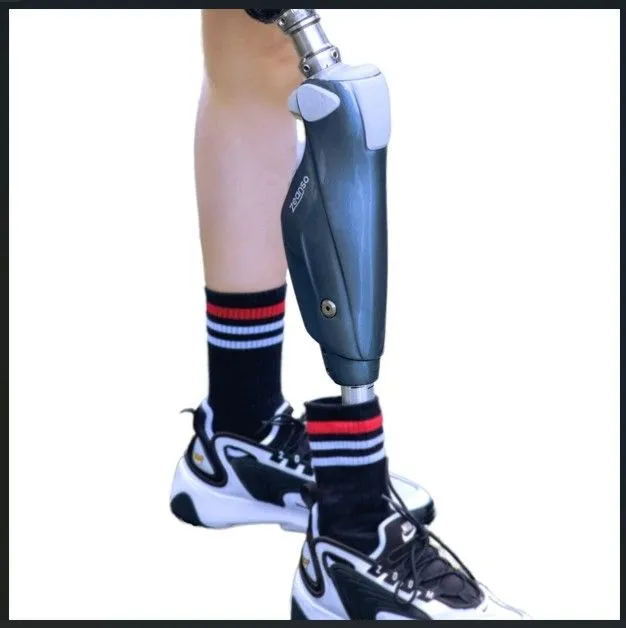
Prosthetic limbs are evolving with advanced robotics and AI integration. Smart prosthetics allow precise movements, grip adjustments, and even sensory feedback. Controlled by nerve signals or smartphone apps, they restore functionality and independence.
Voice Controlled Home Assistants
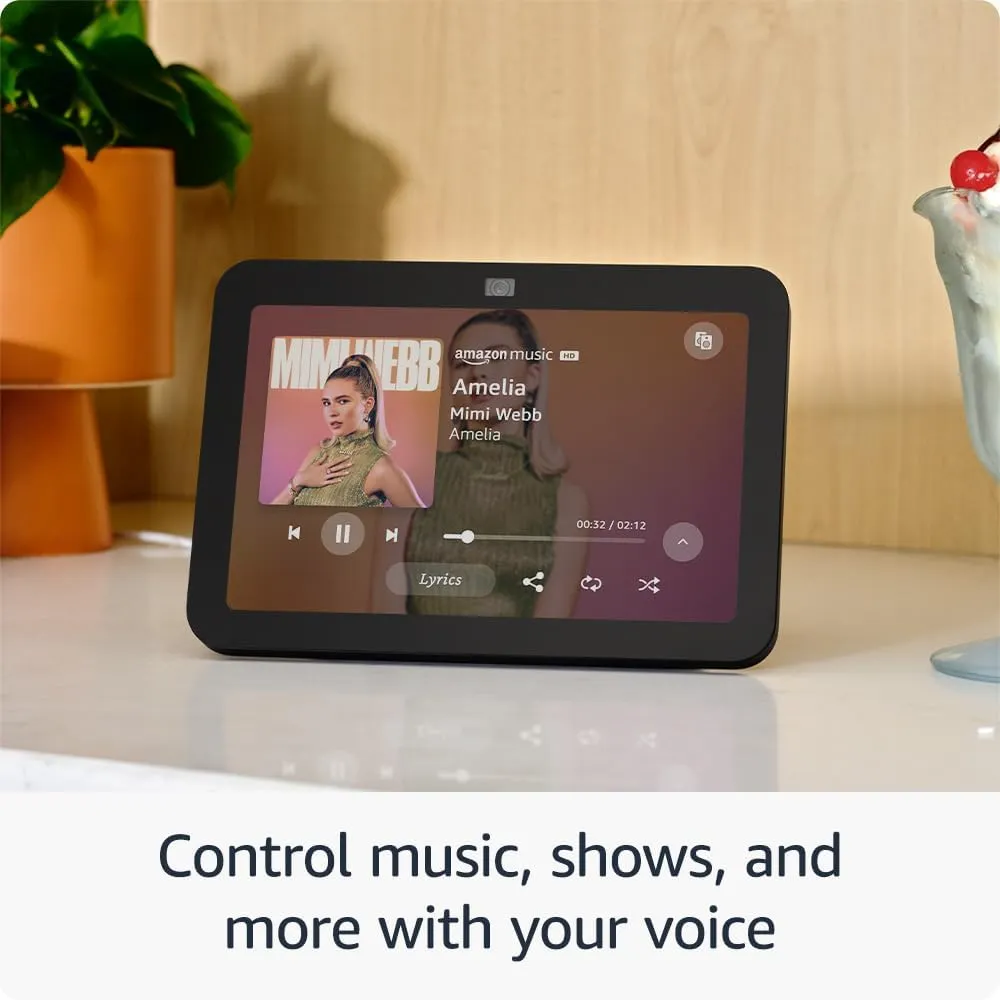
Devices like Amazon Alexa, Google Home, and Apple HomeKit allow individuals with disabilities to control their homes with simple voice commands. From turning on lights to adjusting thermostats, these assistants create a fully accessible smart home environment.
Adaptive Kitchen Gadgets

Cooking can be difficult for individuals with limited mobility or dexterity. Adaptive gadgets such as one-handed cutting boards, electric jar openers, and ergonomic utensils make meal preparation safe and enjoyable. Smart appliances also enable remote control via apps.
Adjustable Beds and Smart Furniture
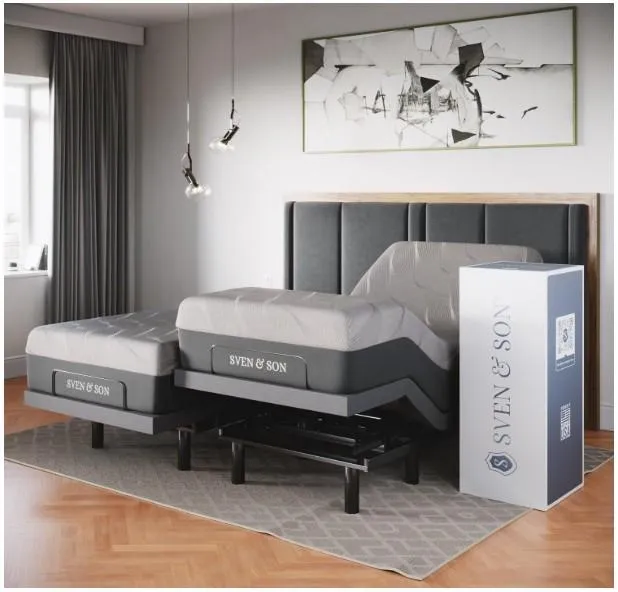
Motorized adjustable beds, recliners, and smart furniture provide maximum comfort and independence. These gadgets help individuals with mobility issues to change positions easily, reduce pain, and improve sleep quality.
Healthcare and Wellness Gadgets
Smart Glucose Monitors
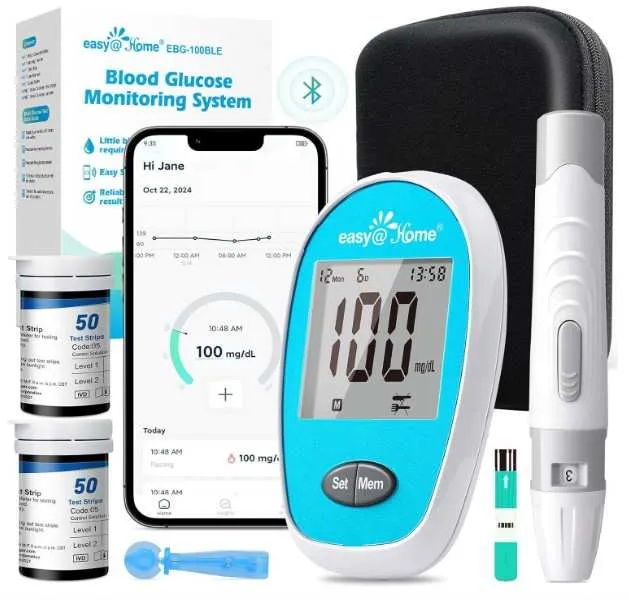
For individuals with diabetes, continuous glucose monitors (CGMs) eliminate the need for frequent finger-pricking. These devices provide real-time blood sugar readings and send alerts directly to smartphones or smartwatches.
Medication Dispensers
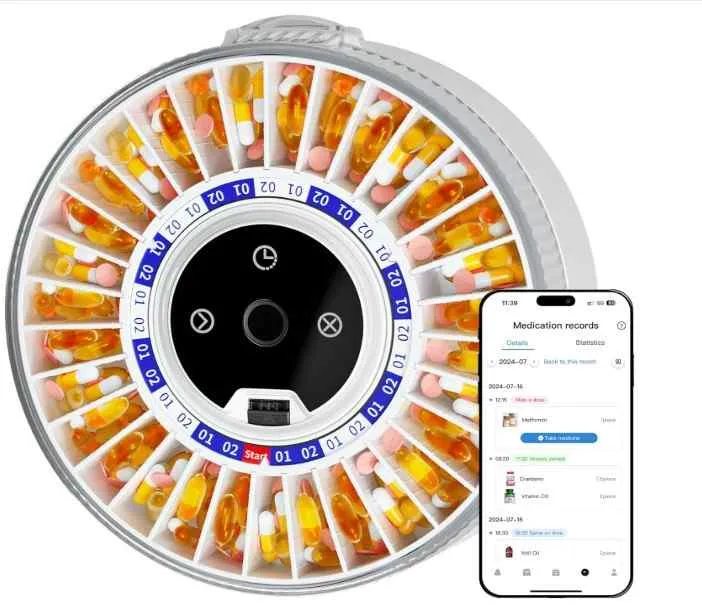
Automated pill dispensers remind users when to take medication and release the correct dosage. These are particularly beneficial for individuals with cognitive disabilities or chronic conditions, ensuring medication adherence.
Wearable Health Trackers
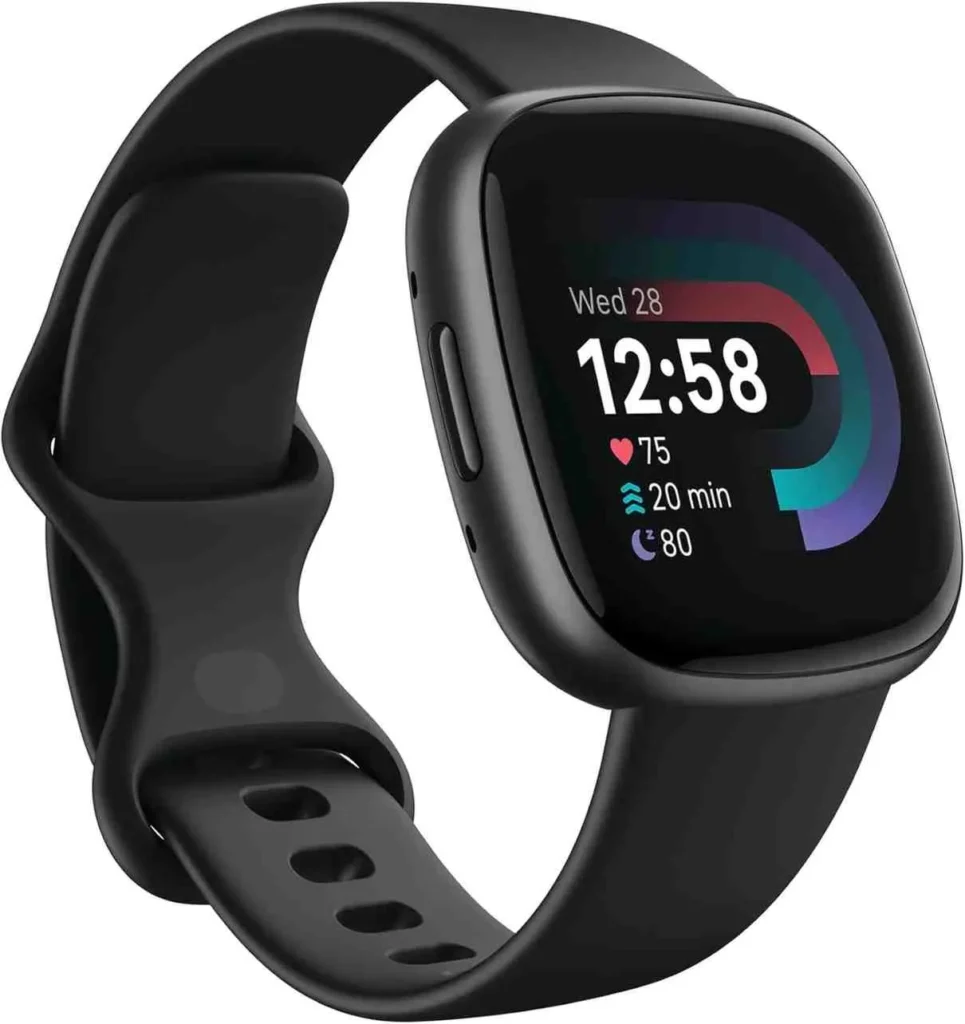
Wearable devices like smartwatches track heart rate, oxygen levels, sleep cycles, and physical activity. Many also feature fall detection and automatic SOS alerts, which are crucial for seniors and individuals with mobility limitations.
Smart Home Gadgets for Accessibility
Smart Door Locks and Security Systems
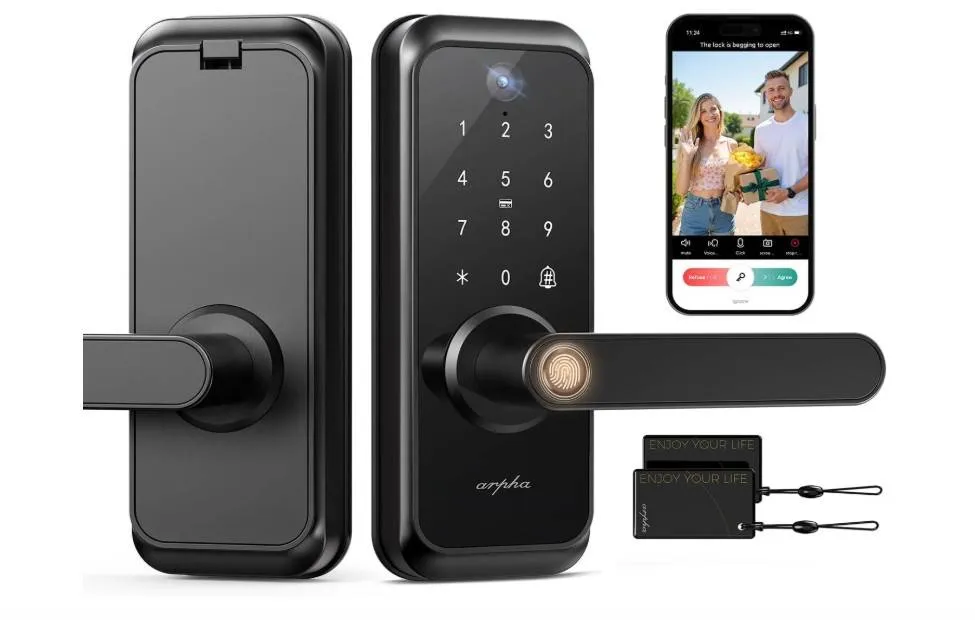
Smart locks enable keyless entry using fingerprints, voice commands, or mobile apps. Combined with video doorbells and security cameras, these gadgets offer disabled individuals complete control over home security without physical effort.
Automated Lighting Systems
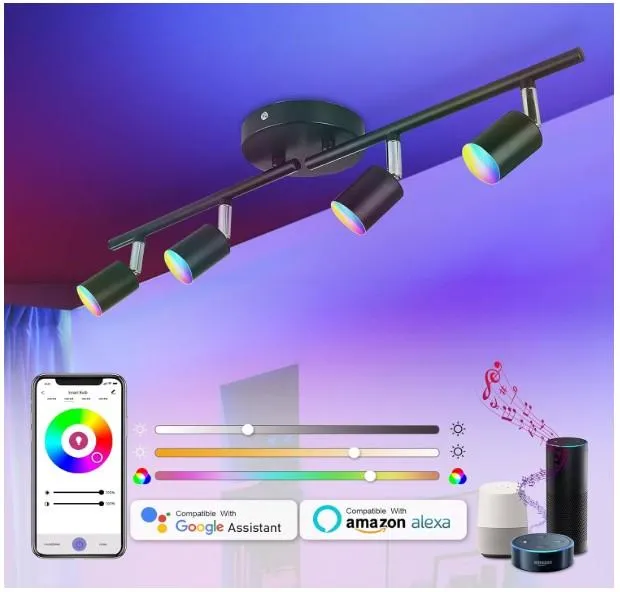
Motion-activated and voice-controlled lighting systems provide greater safety and convenience. They eliminate the need to physically reach switches, reducing the risk of accidents, especially for those with limited vision or mobility.
Voice-Activated Thermostats
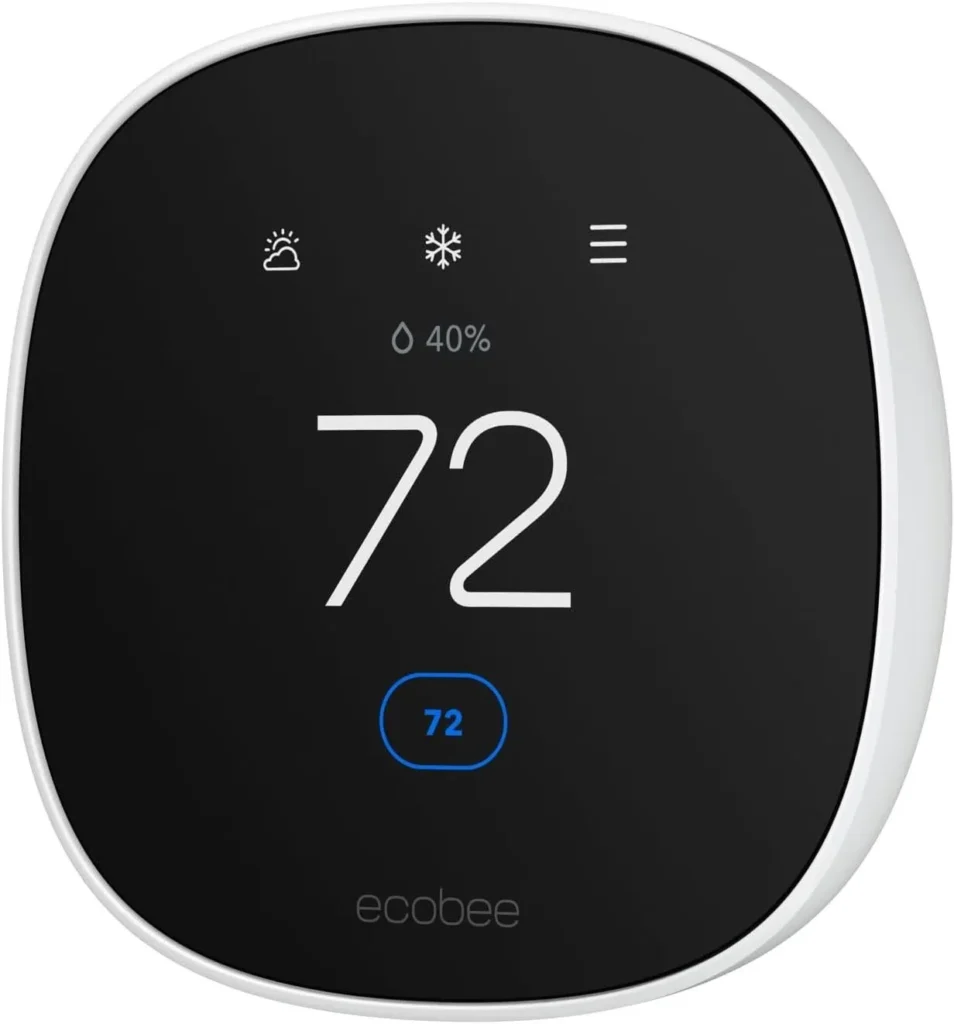
Smart thermostats allow users to adjust temperature through voice or app commands. For people with limited mobility, this ensures comfort without needing to move around the house.
Transportation Gadgets for Accessibility
Wheelchair-Accessible Vehicles
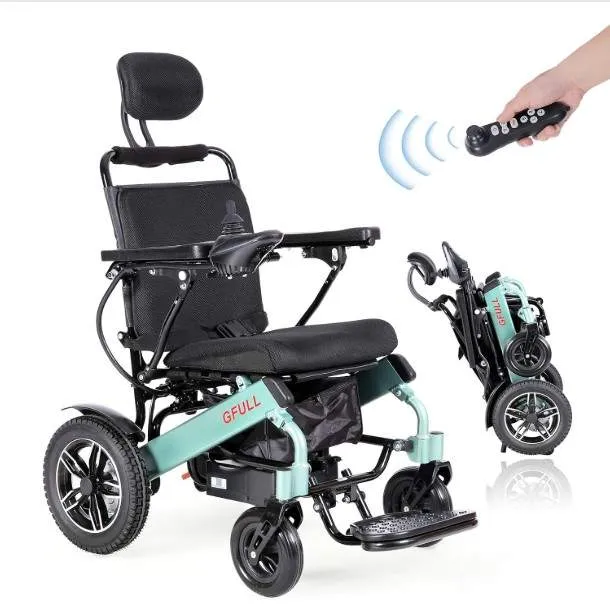
Specially designed cars with ramps, lifts, and automated doors allow individuals in wheelchairs to travel independently. Some vehicles even integrate smart driving assistance systems for safer mobility.
Adaptive Driving Controls
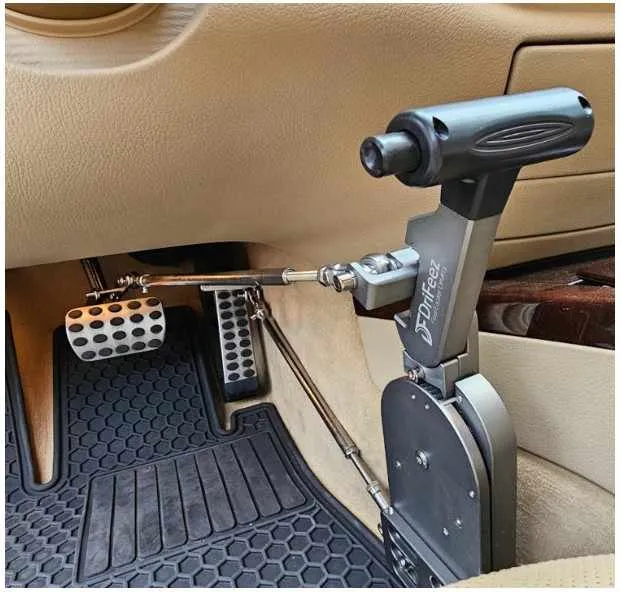
Custom driving gadgets such as hand controls, pedal extenders, and steering aids empower individuals with mobility impairments to drive independently. Many of these systems integrate with modern automotive technologies for a smoother experience.
Educational and Workplace Assistive Gadgets
Screen Readers and Magnifiers

For visually impaired individuals, screen readers read digital text aloud, while screen magnifiers enlarge content for easier visibility. These tools make education and remote work more accessible.
Braille Displays and Keyboards

Braille gadgets convert digital text into Braille, helping blind individuals access emails, documents, and online resources. Compact, portable, and wireless, these devices open new opportunities in professional and educational environments.
Adaptive Computer Accessories
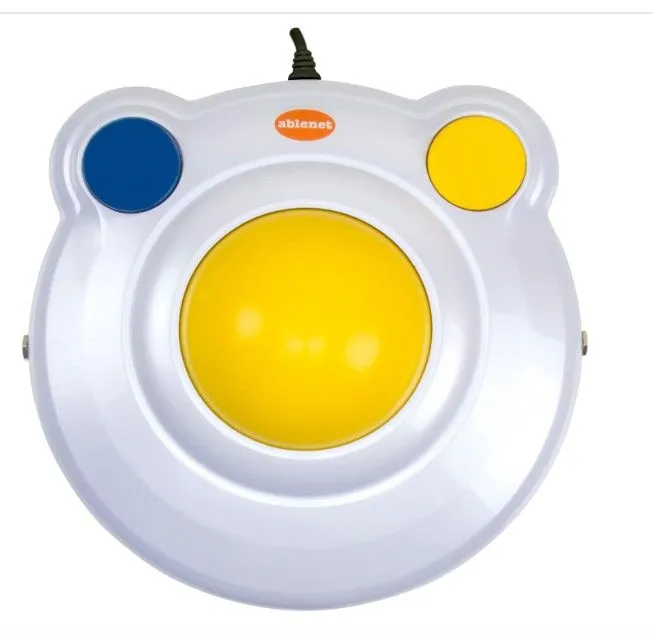
Ergonomic keyboards, trackballs, and eye-tracking devices provide comfortable computer use for people with limited hand mobility. These accessories improve productivity while reducing physical strain.
Future of Gadgets for Disabled People
The future of assistive technology is promising. With continuous advancements in AI, robotics, and IoT (Internet of Things), gadgets are becoming more affordable, accessible, and personalized. The ultimate goal is to create a world where people with disabilities face no barriers in communication, mobility, or daily living.
Conclusion
The world of gadgets for disabled people is evolving rapidly, offering tools that empower independence, safety, and inclusion. From mobility devices and smart home assistants to healthcare innovations and adaptive workplace technologies, these gadgets are breaking barriers and improving lives.
As technology progresses, we can expect even more life-changing innovations that make accessibility universal. Embracing these tools is not only about convenience-it’s about ensuring dignity, independence, and equal opportunities for all.

